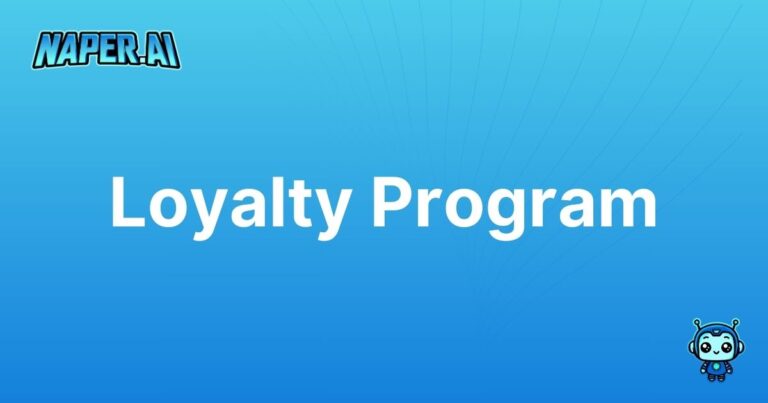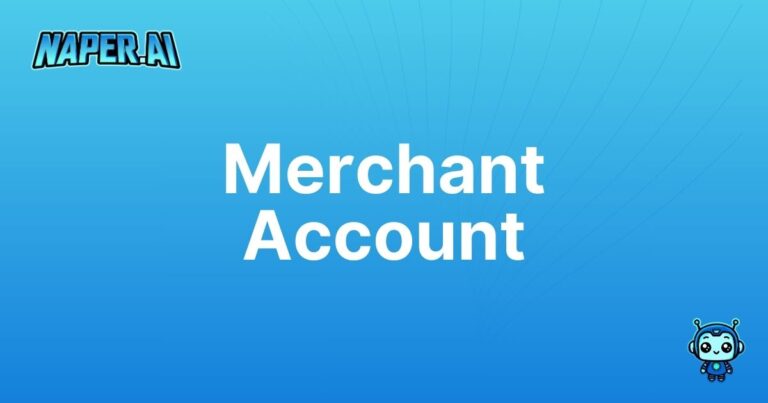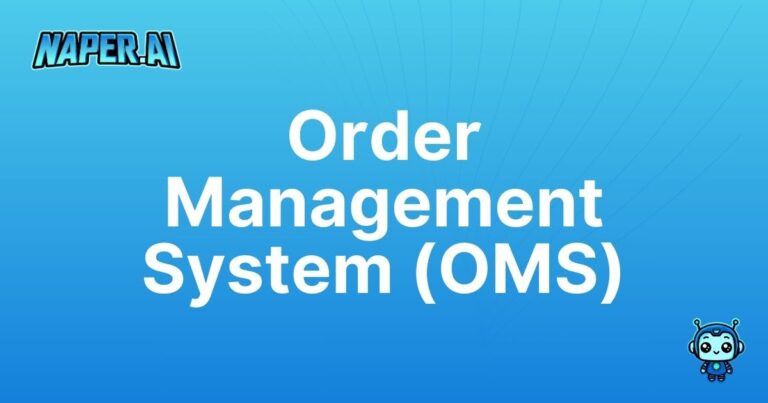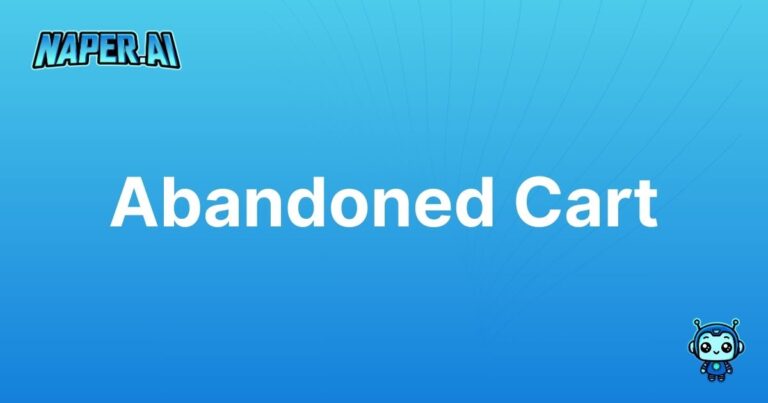Growth Hacking
Innovative Strategies for Rapid Expansion
Discover how growth hacking can transform your e-commerce business by rapidly increasing customer acquisition and retention.
What Is Growth Hacking?
Growth hacking involves using creative, low-cost strategies to help businesses acquire and retain customers quickly. It combines marketing, data analysis, and product development in unique ways to accelerate growth.
Pro Tips & Best Practices
- Leverage Social Media: Utilize platforms with high engagement rates for viral campaigns.
- A/B Testing: Continuously experiment to find the most effective marketing tactics.
- Referral Programs: Encourage customers to refer friends with incentives.
- Content Marketing: Provide valuable content that naturally attracts and converts visitors.
- Automation: Streamline repetitive tasks to focus more on strategy and innovation.
Why Is Growth Hacking Important?
- Cost-Effectiveness: Offers startups and small businesses affordable ways to compete with larger companies.
- Rapid Scalability: Enables swift movement from launching to scaling, adapting quickly to market demands.
Practical Applications
- Targeted Email Campaigns: Send personalized emails to nurture leads and boost conversions.
- Incentivized Viral Loops: Create referral loops that naturally attract new users.
- User Onboarding: Design an intuitive onboarding process that ensures user retention.
Quick FAQ
- Is Growth Hacking Suitable for Small Businesses?: Yes, it’s cost-effective and highly adaptable.
- How Quickly Can Results Be Seen?: Results can vary, but some tactics yield immediate outcomes.
- Do You Need Technical Skills for Growth Hacking?: A mix of marketing savvy and some technical know-how can be beneficial.
- What Are Common Growth Hacking Tools?: Tools like Google Analytics, Mailchimp, and Hotjar are frequently used.
- How Does Growth Hacking Differ from Traditional Marketing?: It focuses on rapid experimentation across different channels.







